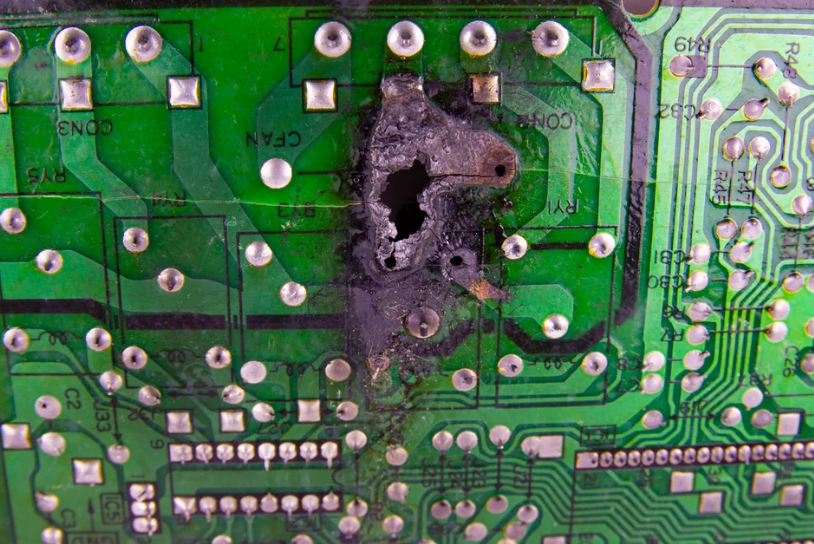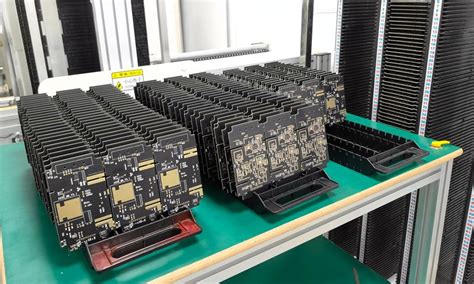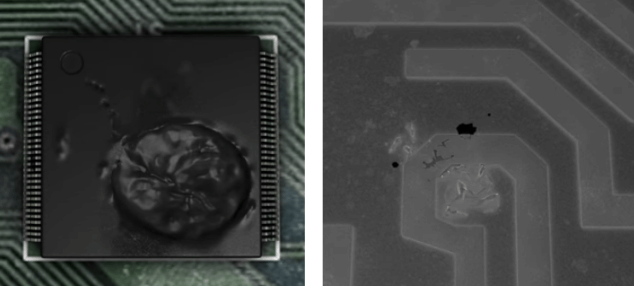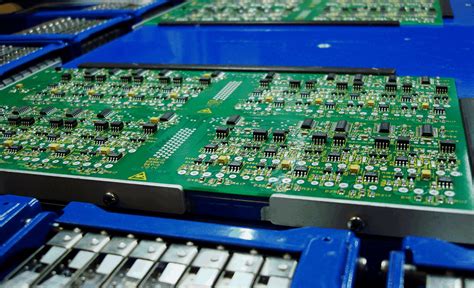Future Requirements for PCBs and Solder Mask Inks in Automotive Applications
Introduction
As the automotive industry undergoes a transformative shift toward electrification, autonomy, and connectivity, the demands on printed circuit boards (PCBs) and their associated solder mask inks are evolving rapidly. Modern vehicles now incorporate advanced driver-assistance systems (ADAS), high-performance computing units, battery management systems (BMS), and 5G-enabled connectivity—all of which require PCBs with unprecedented reliability, thermal stability, and signal integrity. Solder mask inks, which serve as protective coatings on PCBs, must meet increasingly stringent requirements to ensure long-term performance in harsh automotive environments.
This article explores the future requirements for PCBs and solder mask inks in automotive applications, focusing on material innovations, performance standards, and emerging technological challenges. By analyzing current industry trends and research developments, we can anticipate how these critical components will evolve to support next-generation automotive electronics.
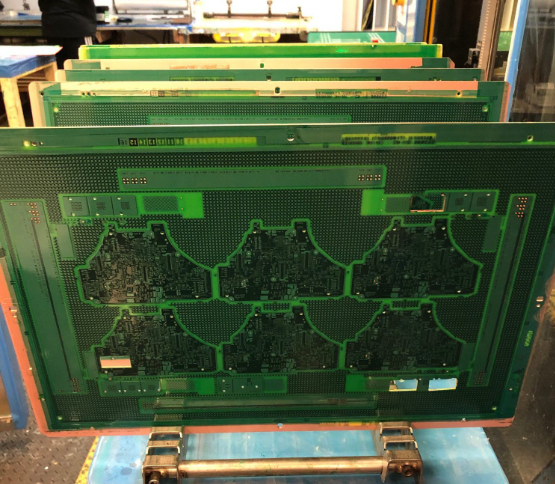
1. Enhanced Thermal and Mechanical Stability
1.1 High-Temperature Resistance
Future automotive PCBs will face even more extreme thermal conditions, particularly in electric vehicles (EVs) where power electronics generate significant heat. Traditional solder mask inks must withstand temperatures exceeding 150°C, but future requirements may push this threshold to 200°C or higher. High-temperature stability is essential to prevent delamination, cracking, or discoloration, which could compromise insulation and solderability.
New formulations incorporating advanced epoxy resins, silicone-modified polymers, and ceramic-filled composites are being developed to enhance thermal endurance. For example, some next-gen solder masks use methylacrylated epoxy resins combined with hydrogen-containing silicone oils to improve thermal shock resistance.
1.2 Thermal Cycling Performance
Automotive PCBs experience frequent temperature fluctuations, from sub-zero cold starts to engine bay heat. Future solder masks must endure more aggressive thermal cycling tests—potentially up to 2,000 cycles with temperature differentials exceeding 210°C. These requirements exceed current industry standards (typically 1,000 cycles at 190°C differentials) and demand improved polymer flexibility and adhesion.
1.3 Mechanical Durability
Vibration resistance is another critical factor, especially for PCBs mounted near engines, transmissions, or suspension systems. Future solder masks must maintain adhesion even under prolonged mechanical stress. Modified fillers, such as silica or barium carbonate treated with epoxy-based silane coupling agents, enhance mechanical robustness while minimizing microcrack formation.
2. Advanced Electrical Performance
2.1 High-Voltage Insulation
With EVs adopting 800V and higher battery systems, solder mask inks must provide superior dielectric strength to prevent electrical breakdown. Future testing standards may require withstand voltages up to 500V (compared to today’s 100V tests) for extended durations (2,000 hours vs. 1,000 hours). Innovations in resin chemistry, including the use of high-purity, low-ion-content materials, will be essential to meet these demands.
2.2 Signal Integrity for High-Speed Data
Autonomous vehicles rely on high-frequency data transmission for radar, LiDAR, and vehicle-to-everything (V2X) communications. Future solder masks must exhibit stable dielectric properties (Dk/Df) to minimize signal loss at frequencies beyond 10GHz. Low-loss formulations with optimized filler distributions are under development to support millimeter-wave applications.
2.3 EMI Shielding
As automotive electronics become more densely packed, electromagnetic interference (EMI) poses a growing challenge. Future solder masks may incorporate conductive additives or layered structures to provide localized shielding without compromising insulation properties.

3. Environmental and Reliability Requirements
3.1 Long-Term Weather Resistance
Automotive PCBs must perform reliably for 15+ years under diverse environmental conditions. Future solder masks will face stricter accelerated aging tests, including extended exposure to UV radiation, humidity (85°C/85% RH), and corrosive atmospheres (salt spray). Silicone-enhanced formulations show promise in maintaining surface tension (>40 dynes) even after multiple reflow cycles, preventing coating failures.
3.2 Halogen-Free and Eco-Friendly Compositions
Regulatory pressures are driving the adoption of halogen-free, low-VOC solder masks that comply with REACH and RoHS directives. Future formulations will likely eliminate additional hazardous substances while maintaining performance.
3.3 Process Compatibility
Future solder masks must accommodate evolving PCB manufacturing processes, including:
- Lead-free soldering: With higher melting points requiring improved thermal resistance
- Advanced surface finishes: Such as ENEPIG (Electroless Nickel Electroless Palladium Immersion Gold) and immersion silver
- Fine-line patterning: For high-density interconnects (HDI) with sub-20μm features
4. Material and Manufacturing Innovations
4.1 Next-Generation Resin Systems
Research is focusing on hybrid resin systems that combine the best properties of epoxies, acrylates, and silicones. For example, patents describe resins synthesized from methylacrylated glycidyl esters, hydrogen silicones, and unsaturated dicarboxylic acids, offering balanced thermal, mechanical, and electrical properties.
4.2 Smart Surface Properties
Future solder masks may feature:
- Self-healing capabilities: To repair microcracks autonomously
- Controlled surface energy: For optimized adhesion to conformal coatings
- Thermally conductive formulations: To aid heat dissipation in power electronics
4.3 Additive Manufacturing Compatibility
As 3D-printed electronics gain traction, solder mask inks must adapt to jetting or aerosol deposition processes while maintaining performance standards.
5. Standardization and Testing Challenges
The lack of unified global standards for automotive solder masks complicates material development. While IPC-840E and UL standards provide baseline requirements, automakers often impose proprietary specifications. Emerging standards like T/CSTM 00908-2022 for high-speed PCB materials may serve as models for future automotive-specific guidelines.
Testing methodologies must also evolve to simulate real-world conditions more accurately, including combined stress tests (thermal+mechanical+electrical) and longer-duration reliability assessments.
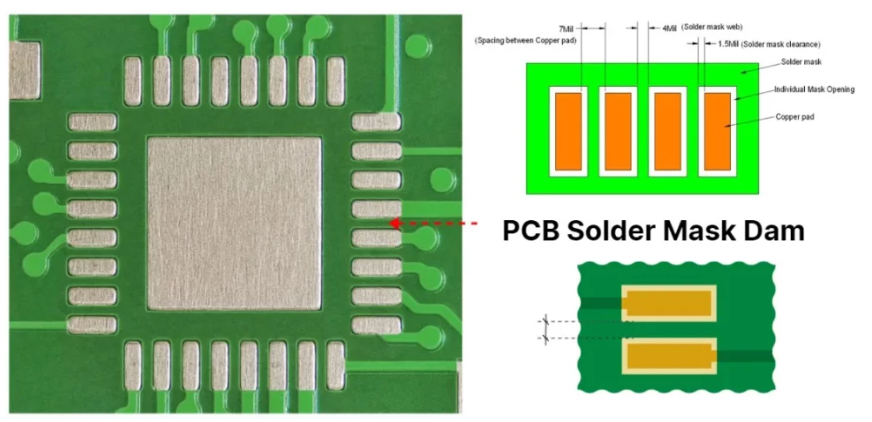
Conclusion
The future of automotive PCBs and solder mask inks lies in materials that simultaneously deliver:
- Exceptional thermal stability (>200°C)
- Enhanced mechanical durability (2,000+ thermal cycles)
- Superior electrical insulation (500V/2,000h)
- Low-loss high-frequency performance
- Long-term environmental resistance
While international players like Huntsman and Taiyo Ink currently dominate the market, domestic manufacturers in China are making significant strides in developing competitive alternatives. As vehicle electrification and autonomy advance, the collaboration between PCB manufacturers, material suppliers, and automakers will be crucial to meet these escalating demands.
The next decade will likely witness breakthroughs in polymer science, nanotechnology, and manufacturing processes to create solder mask inks capable of supporting the automotive industry’s ambitious technological roadmap. Those who invest in R&D today will lead the market tomorrow.

